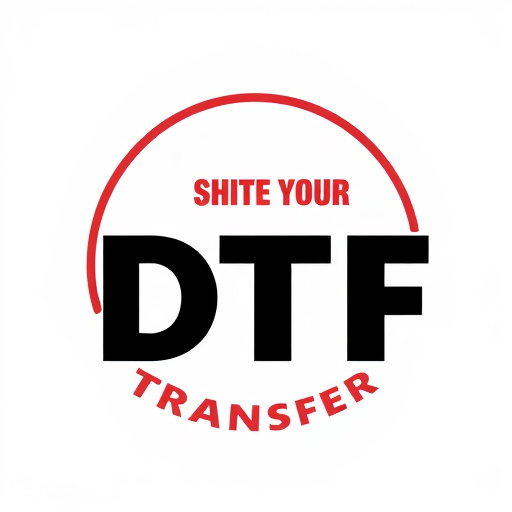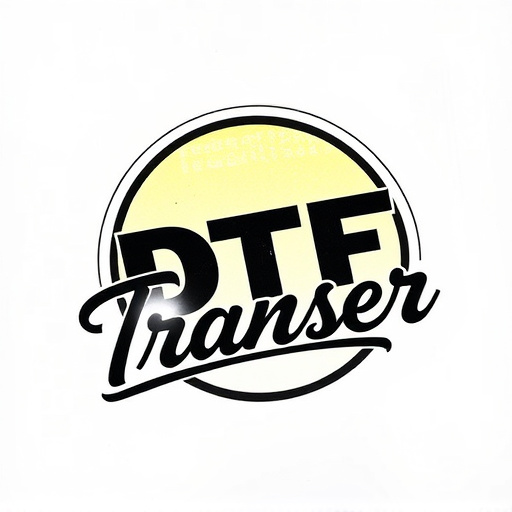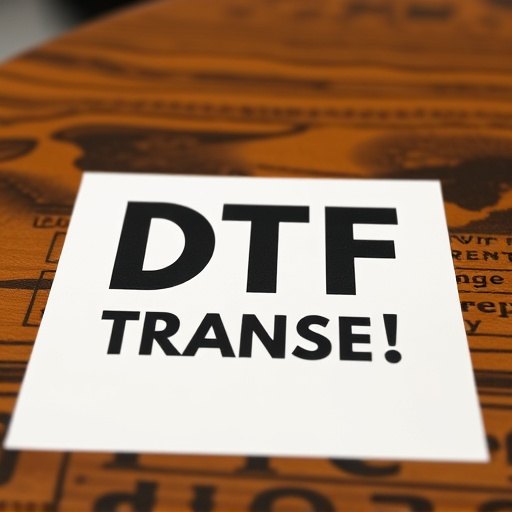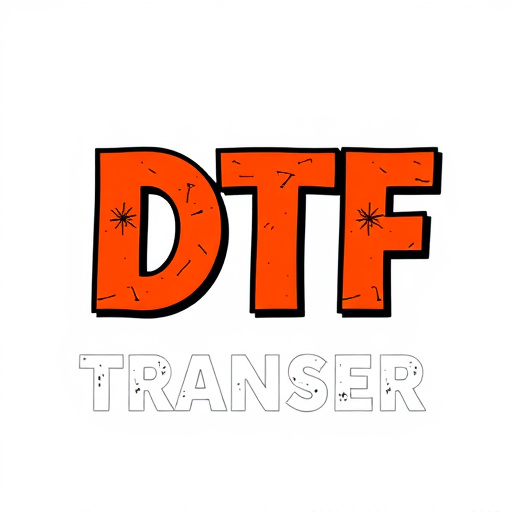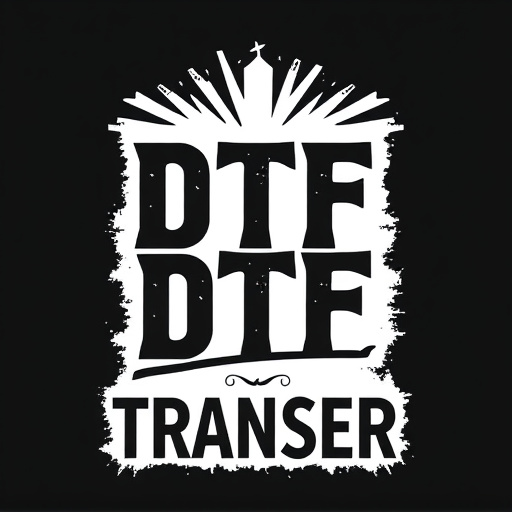DTF (Direct-to-Forme) Printing is a cutting-edge technology revolutionizing commercial printing with advanced durability and superior quality standards. It directly applies ink to substrates, producing high-resolution prints that resist sunlight, temperature changes, and daily use, ensuring marketing collateral, product labels, and other items remain vibrant and readable over extended periods. Ideal for demanding environments, DTF Printing is used for branding and marketing in commercial spaces, offering detailed designs adaptable to various surfaces while reducing waste and environmental impact. The technology's success relies on advanced material science, rigorously formulated inks, and protective coatings that enhance durability. DTF Printing is transforming sectors like outdoor advertising, logistics, automotive, and retail with its versatility and resistance to harsh weather conditions. Proper cleaning, inspection, storage, and protection practices ensure the longevity of DTF transfers. As technology advances, DTF Printing is poised to become a central game-changer in commercial printing.
“Discover the game-changing potential of DTF Printing, a revolutionary technology transforming commercial applications. This article explores extended durability transfers, their advantages, and the science behind their exceptional print quality. From vibrant, long-lasting displays to durable product labeling, DTF Printing offers unparalleled versatility. We delve into diverse industries benefiting, from retail and signage to automotive and electronics. Learn optimal maintenance practices and future prospects as DTF Printing continues to shape commerce.”
- Understanding DTF Printing: A Revolutionary Technology for Commercial Durability
- Advantages of Transfers with Extended Durability in Commercial Settings
- Material Science Behind Long-Lasting Print Quality
- Applications: Industries Benefiting from DTF Printing Durability
- Ensuring Optimal Performance: Maintenance and Care Tips
- Future Prospects: The Evolving Role of DTF Printing in Commerce
Understanding DTF Printing: A Revolutionary Technology for Commercial Durability
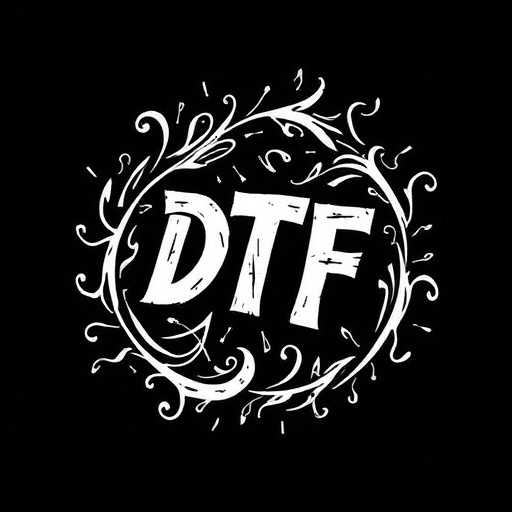
DTF (Direct-to-Forme) Printing is a game-changing technology that’s revolutionizing commercial applications by offering extended durability and superior quality. Unlike traditional printing methods, DTF directly applies ink to the substrate surface, eliminating the need for intermediate forms or plates. This innovative approach ensures precise, long-lasting results, making it ideal for demanding commercial environments.
With its ability to produce high-resolution prints on a wide range of materials, DTF Printing is versatile and efficient. The technology’s durability is particularly noteworthy, as it withstands harsh conditions like sunlight exposure, temperature fluctuations, and everyday wear and tear, ensuring that marketing materials, product labels, and more remain vibrant and legible for extended periods.
Advantages of Transfers with Extended Durability in Commercial Settings
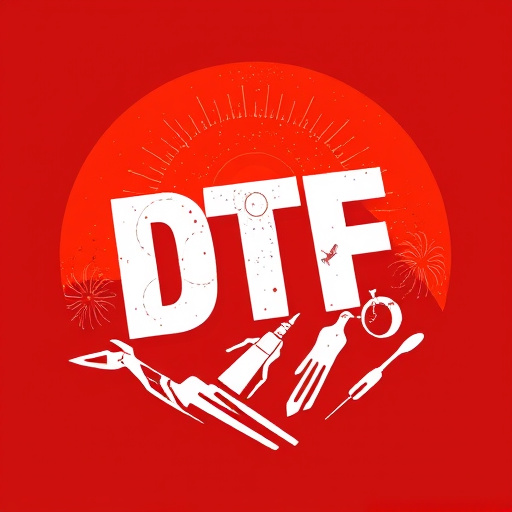
In commercial settings, Transfers with Extended Durability (TED) offer a game-changing solution for enhancing branding and marketing efforts. Unlike traditional printing methods, TED ensures that graphics and images remain vibrant and intact for extended periods, reducing the need for frequent replacements or touch-ups. This longevity is particularly advantageous for high-traffic areas like shopping malls, where posters and advertisements must withstand constant exposure to varying weather conditions and countless viewers.
Moreover, DTF Printing technology allows for detailed and precise designs, making it ideal for showcasing intricate brand logos, promotional messages, or even artistic visuals. Its versatility means that these transfers can be applied to a wide range of surfaces, from walls and windows to vehicles and product packaging. This adaptability not only caters to diverse commercial needs but also contributes to a more sustainable approach by minimizing waste and the environmental impact associated with frequent printing and disposal.
Material Science Behind Long-Lasting Print Quality
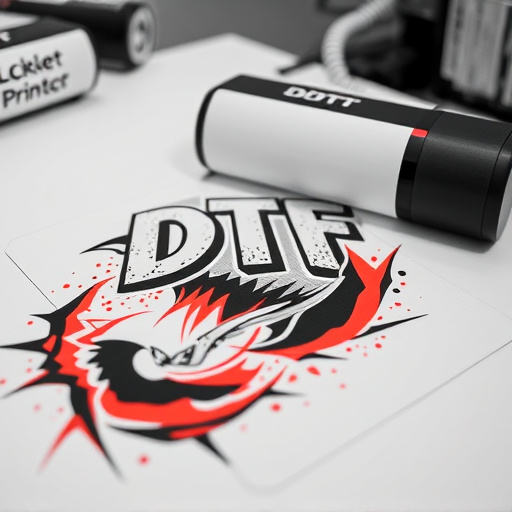
The material science behind transfers with extended durability for commercial applications, particularly in DTF (Direct to Film) printing, involves a meticulous blend of polymer chemistry and surface engineering. Modern DTF inks are designed with advanced resins that offer superior adhesion, resistance to environmental factors, and exceptional print quality over prolonged periods. These materials undergo rigorous formulation and testing to ensure they meet the demanding standards required for commercial use.
The secret lies in the intricate interplay between the ink’s composition, substrate preparation, and printing process. Specialized additives and functionalized polymers in DTF inks enable them to form robust bonds with various substrates, enhancing durability. Additionally, protective coatings and topcoats further extend the lifespan of printed materials by shielding them from ultraviolet radiation, moisture, and other detrimental factors commonly found in outdoor environments. This combination results in vibrant, long-lasting prints that maintain their quality even after extensive use.
Applications: Industries Benefiting from DTF Printing Durability
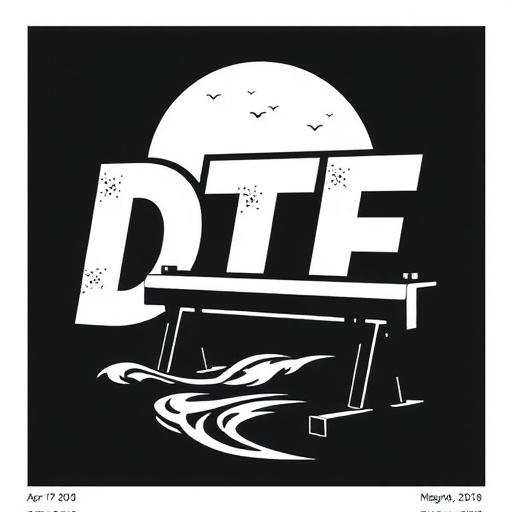
The versatility and extended durability of DTF (Direct to Forme) printing have made it a game-changer across various industries, revolutionizing the way commercial applications are designed and produced. From vibrant signage and display materials to robust industrial components, DTF Printing offers unparalleled longevity in outdoor settings, ensuring that visuals and graphics remain sharp and legible for extended periods.
In the world of advertising, DTF printing has transformed how businesses create eye-catching billboards, transit advertising, and large-format prints. The durability of DTF inks and finishes allows these displays to withstand harsh weather conditions without fading or cracking, ensuring maximum impact and visibility for campaigns. Similarly, in manufacturing, DTF Printing is utilized for producing high-quality, long-lasting labels, packaging, and even custom parts, where resistance to wear and tear is essential. This durability makes DTF an ideal choice for industries like logistics, automotive, and retail, where products need to endure challenging environments.
Ensuring Optimal Performance: Maintenance and Care Tips
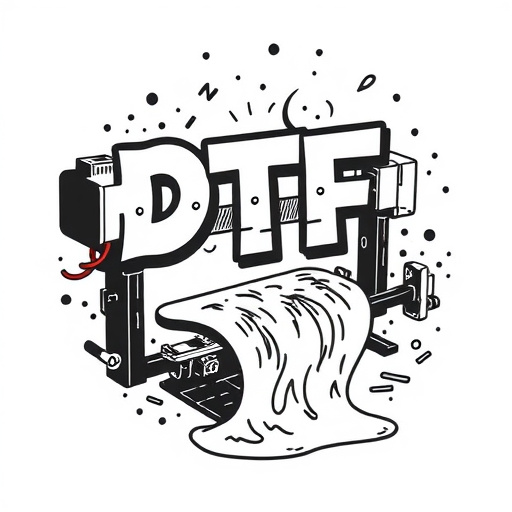
Maintaining transfers with extended durability, such as those used in DTF (Direct-To-Fabric) printing, is key to ensuring optimal performance. Regular cleaning and inspection are crucial. Remove any buildup of ink or debris on the transfer surface to prevent obstruction and maintain clarity in the printed design. It’s recommended to use mild, water-based detergents for gentle yet effective cleaning.
Store transfers properly when not in use to safeguard their longevity. Keep them in a cool, dry place away from direct sunlight or extreme temperatures. Avoiding folding or creasing the transfers can also prevent damage. Consider using protective sleeves or folders to maintain the integrity of the transfer, especially if it will be stored for an extended period.
Future Prospects: The Evolving Role of DTF Printing in Commerce
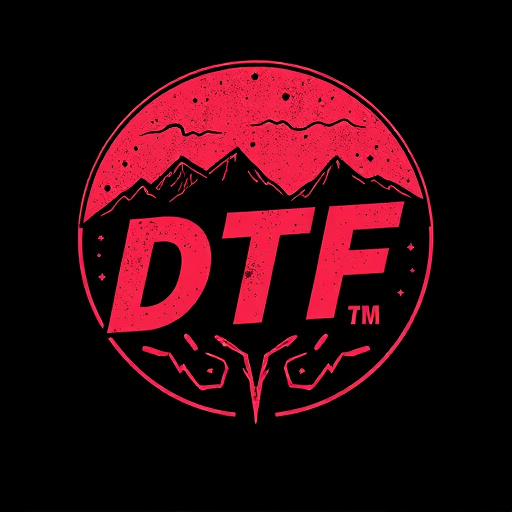
The future of commercial printing looks bright with Digital Thermal Forming (DTF) technology leading the charge in terms of innovation and durability. DTF Printing offers a unique advantage over traditional methods by providing extended durability, ensuring that printed materials withstand the rigors of daily use. As commerce continues to evolve, the demand for long-lasting, high-quality prints will only increase.
With its ability to produce vibrant, durable prints on a variety of media, DTF Printing is poised to revolutionize various sectors. From marketing collateral and point-of-sale displays to industrial labels and security documents, the applications are vast. The evolving role of DTF Printing in commerce promises enhanced visual experiences, improved brand visibility, and reduced waste due to its precision and efficiency. As technology advances, we can expect even more sophisticated DTF solutions, further solidifying its place as a game-changer in the printing industry.

